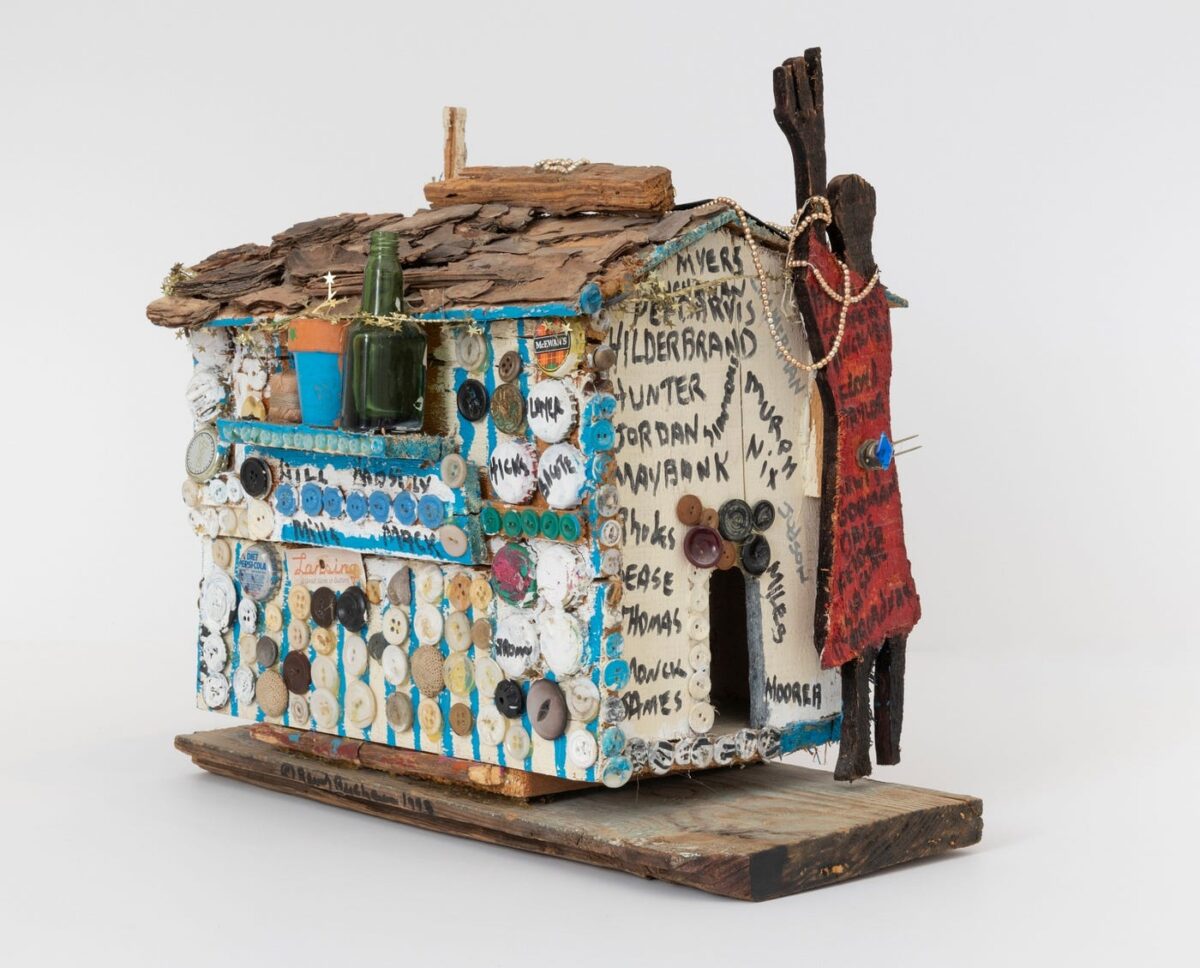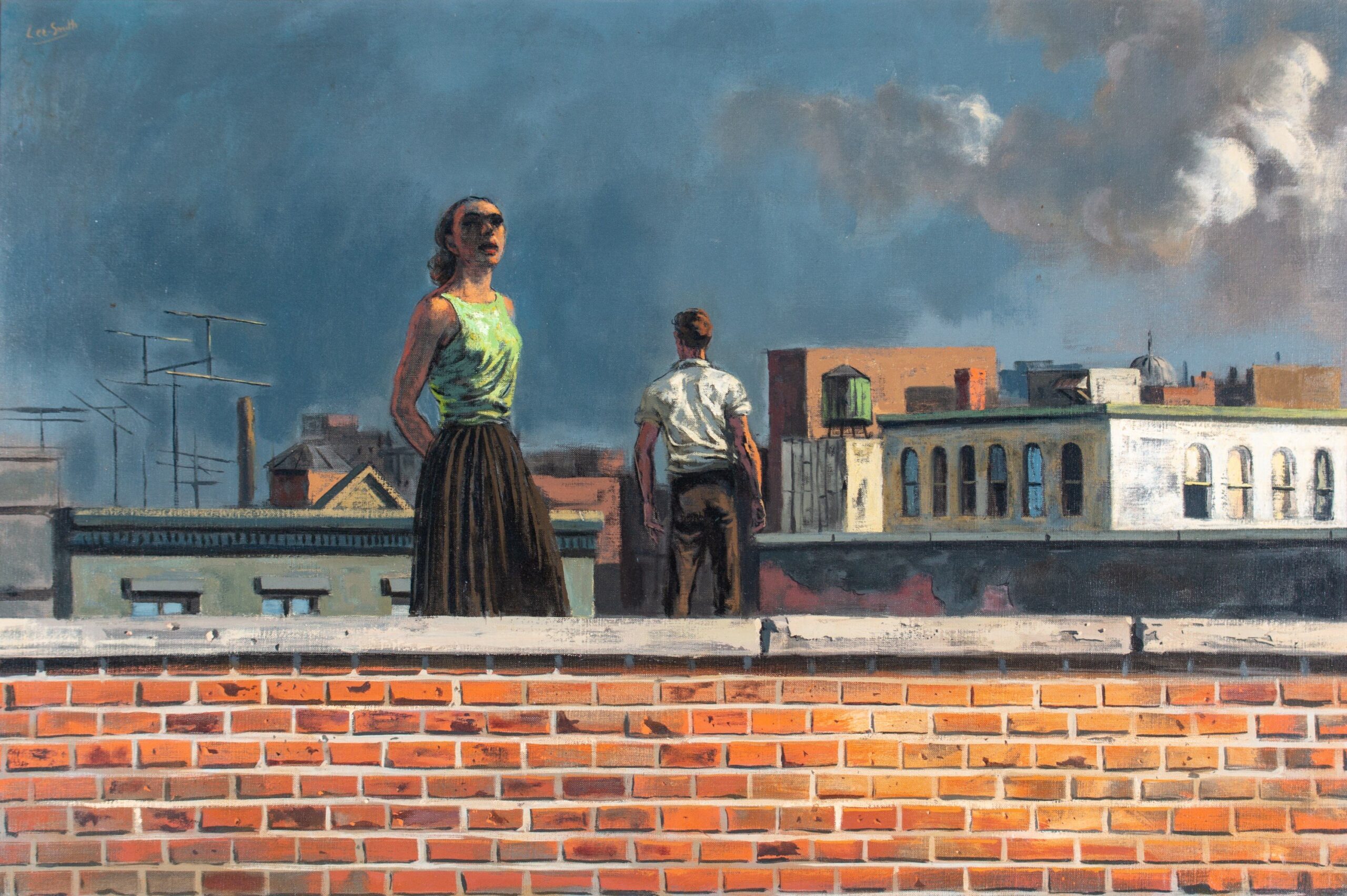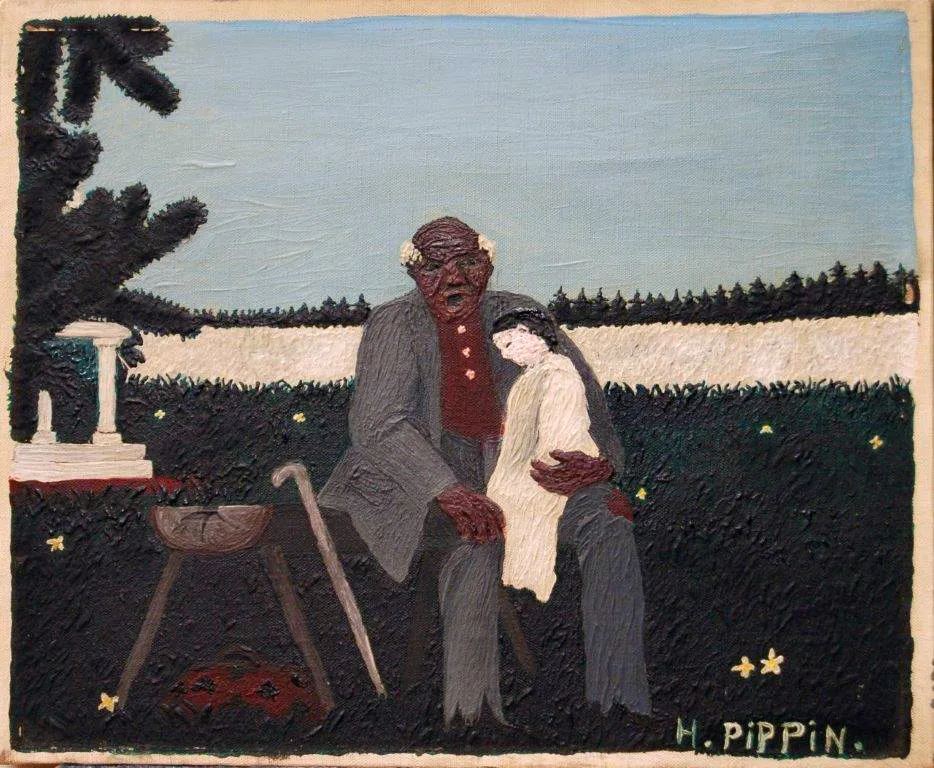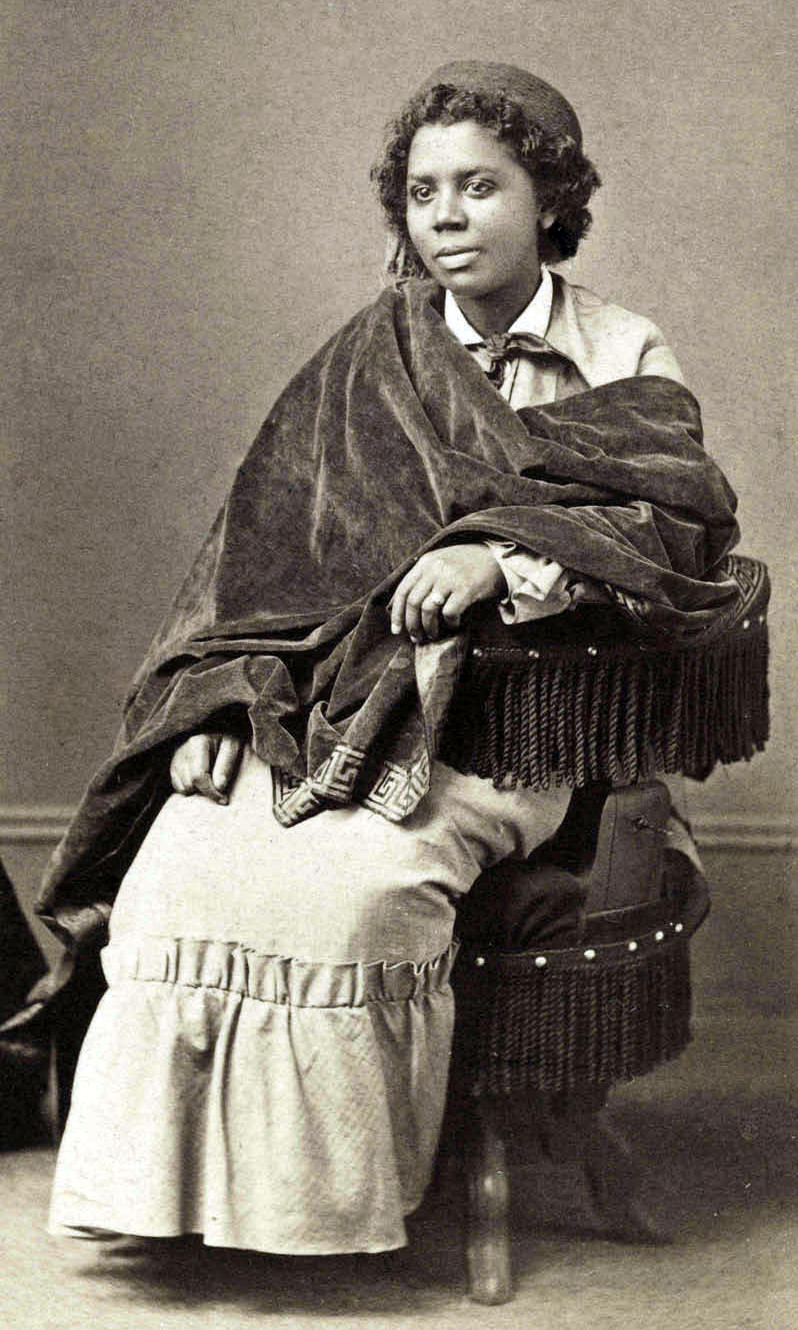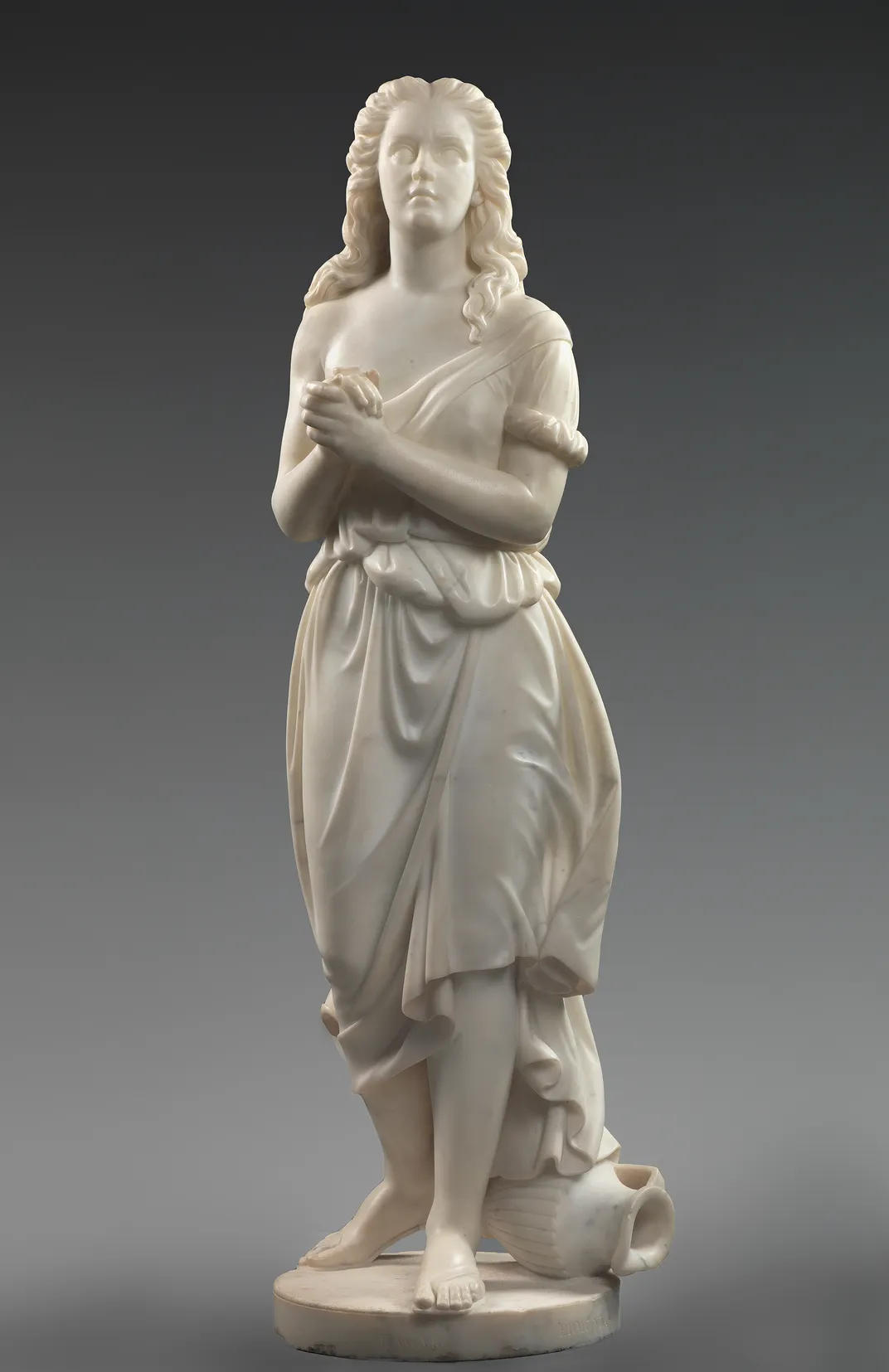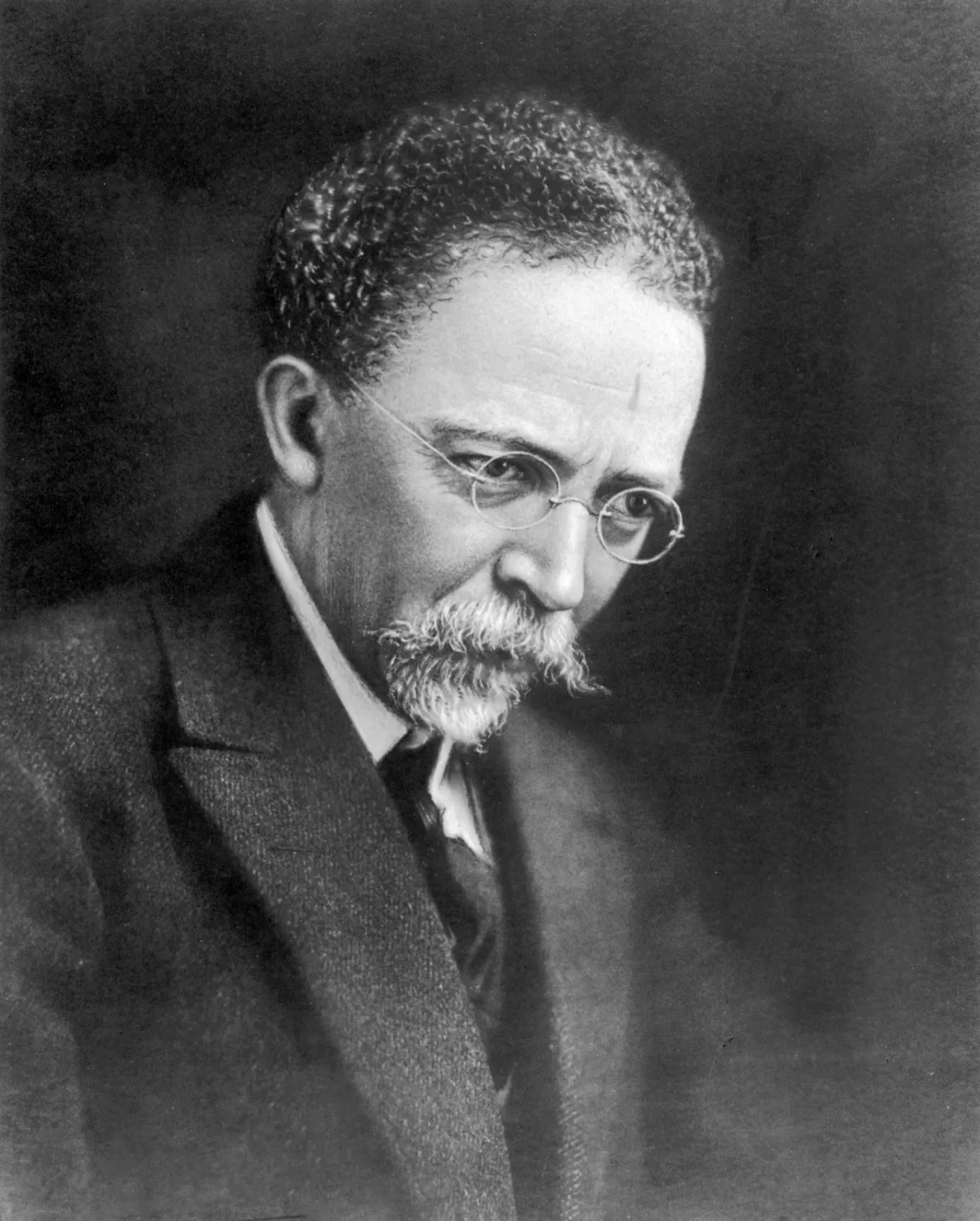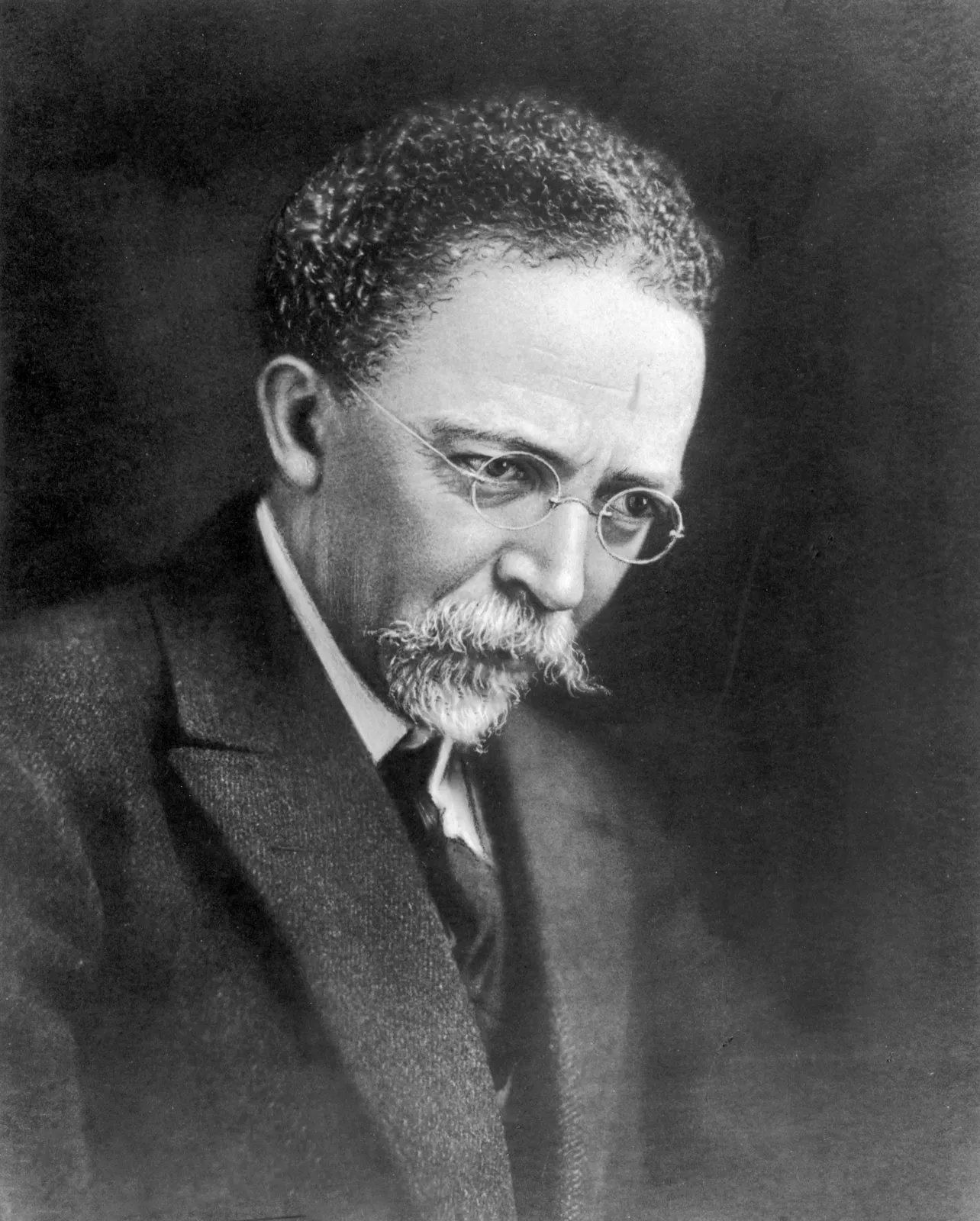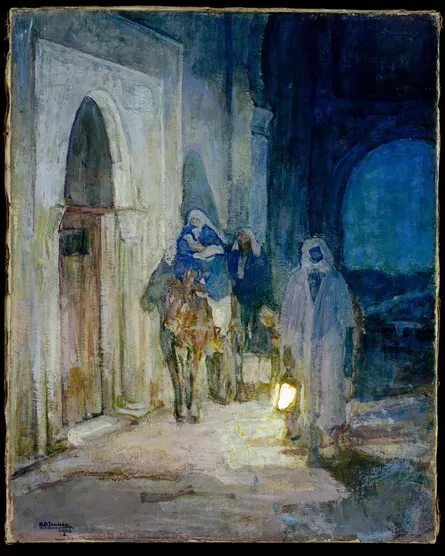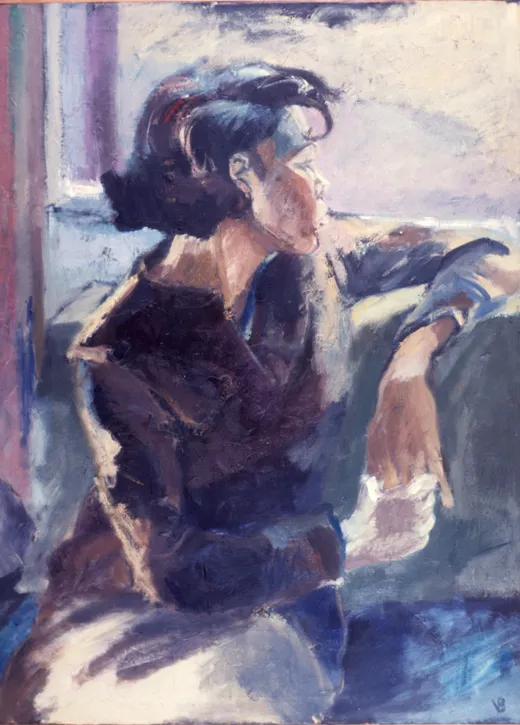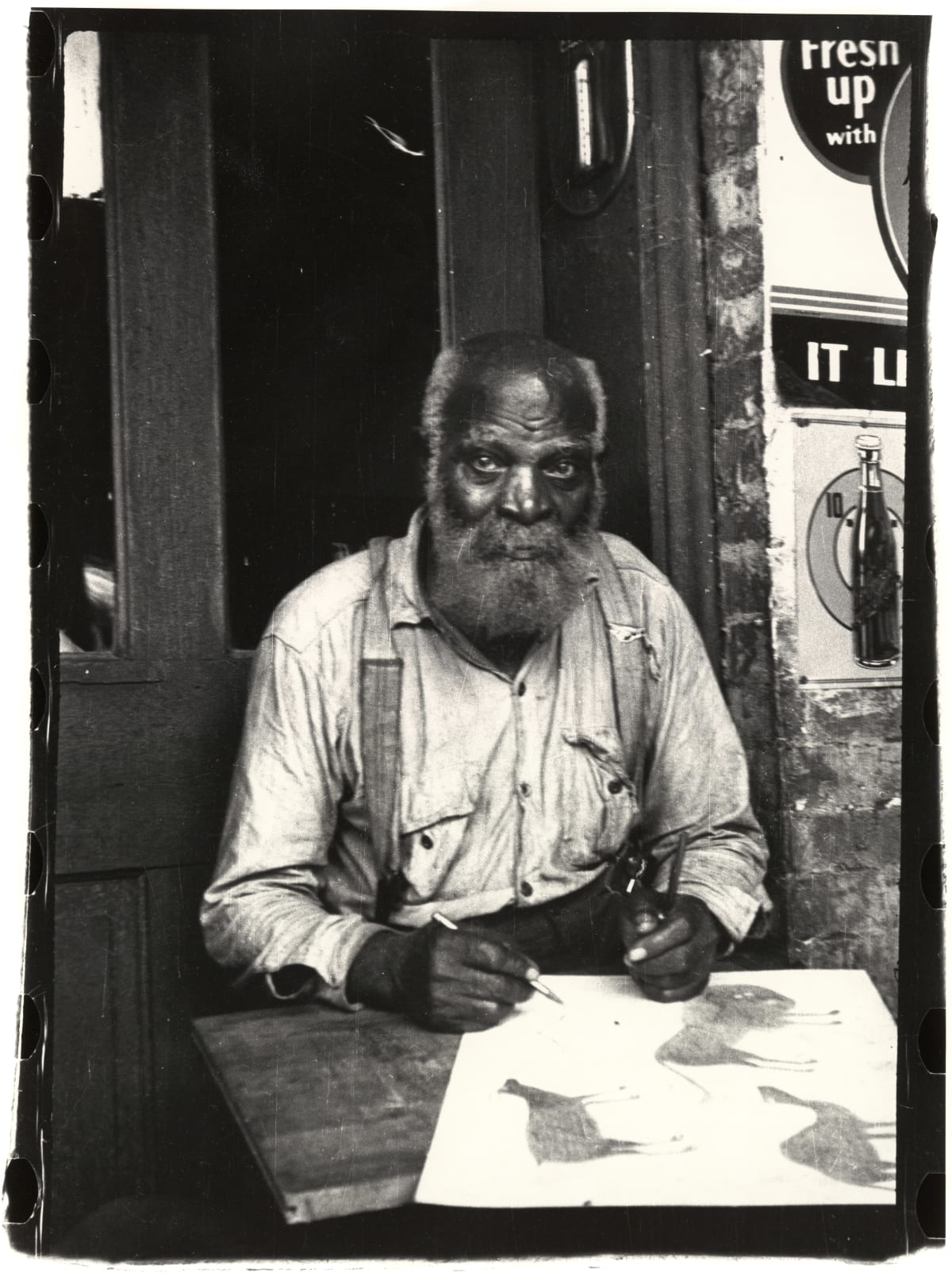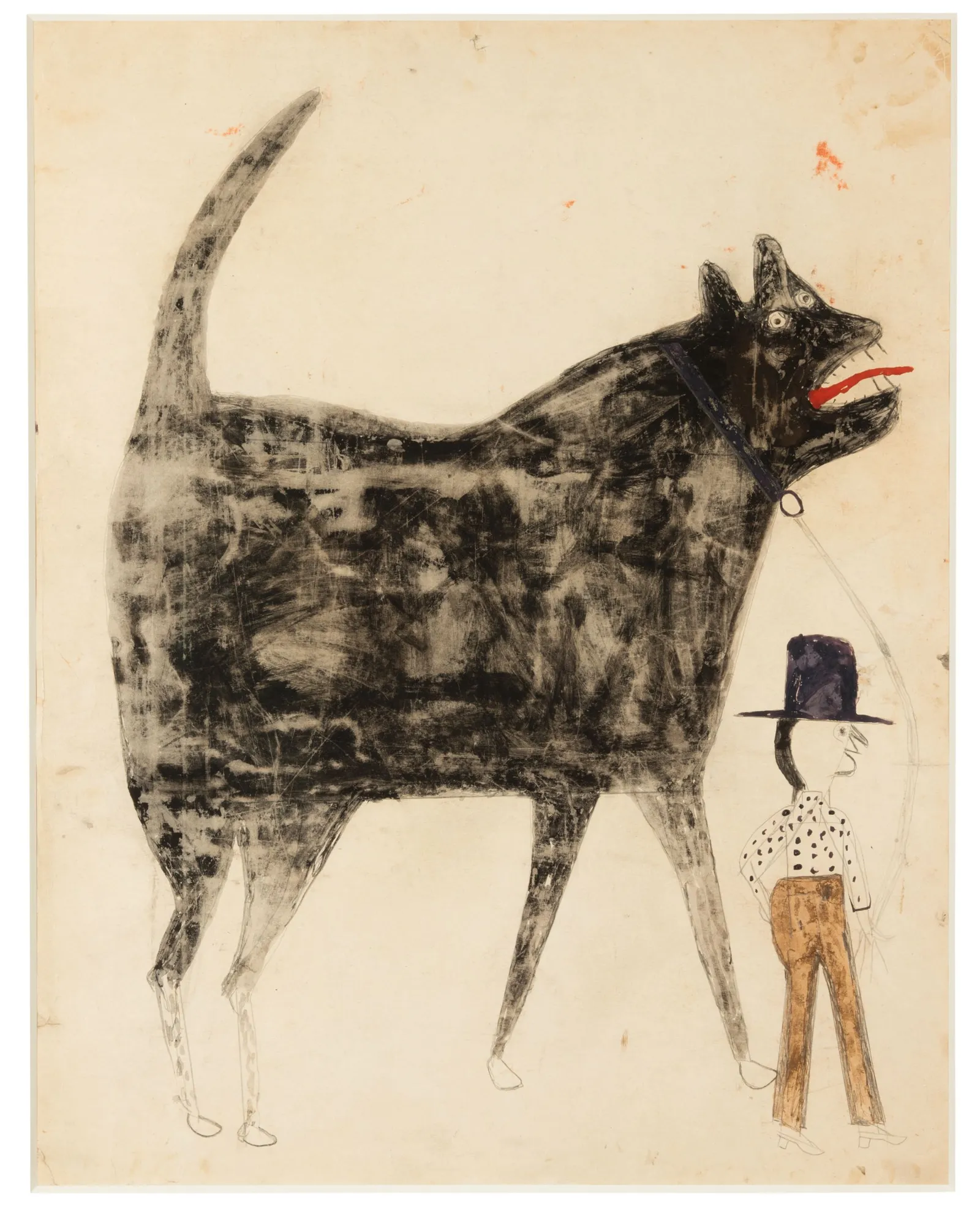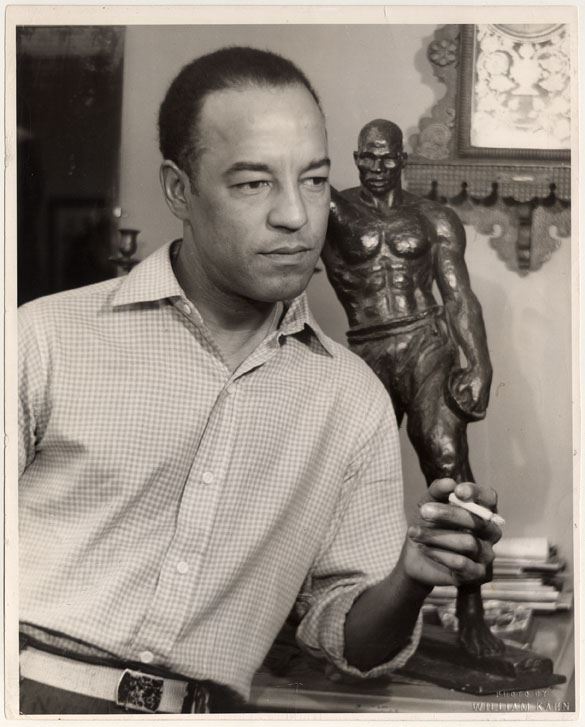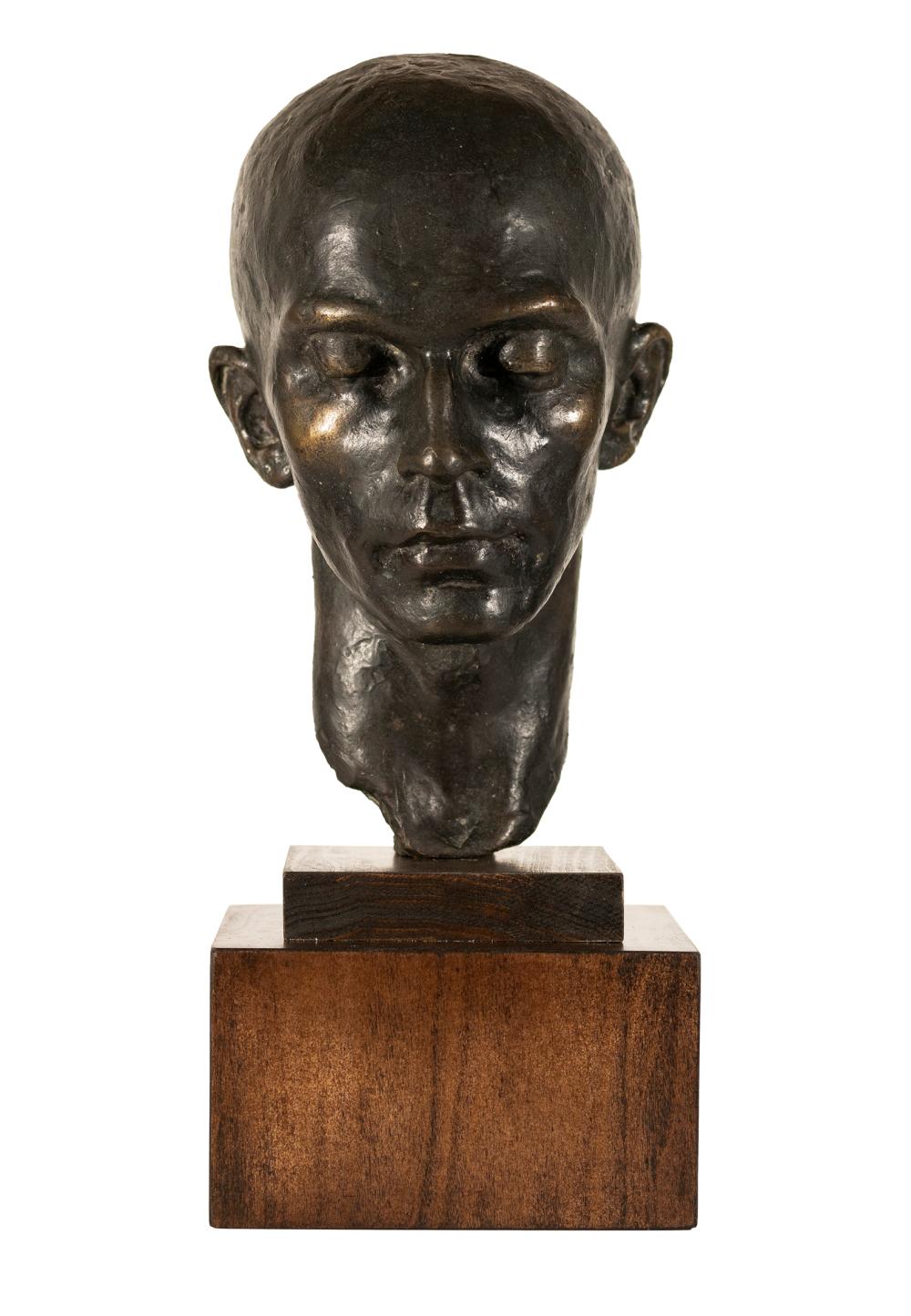Fallen Through The Cracks – Black Artists in History: Beverly Buchanan
Beverly Buchanan
#FallenThroughTheCracks – Beverly Buchanan was born on October 8, 1940, in Fuquay, North Carolina. She was an artist whose work included painting, sculpture, video, and land art and is revered for her exploration of Southern vernacular architecture through her art. Her creations feature paintings and sculptures on the “shack,” an essential residence associated with poor people.
In 1962, Buchanan graduated from Bennett College, in Greensboro, North Carolina, a historically black women’s college, with a Bachelor of Science degree in medical technology. She went on to attend Columbia University, where she received a master’s degree in parasitology in 1968, and a master’s degree in public health in 1969. Buchanan decided not to medical school due to her desire to dedicate more time to her art. She wanted to “express the images, stories, and architecture of her African American childhood”.
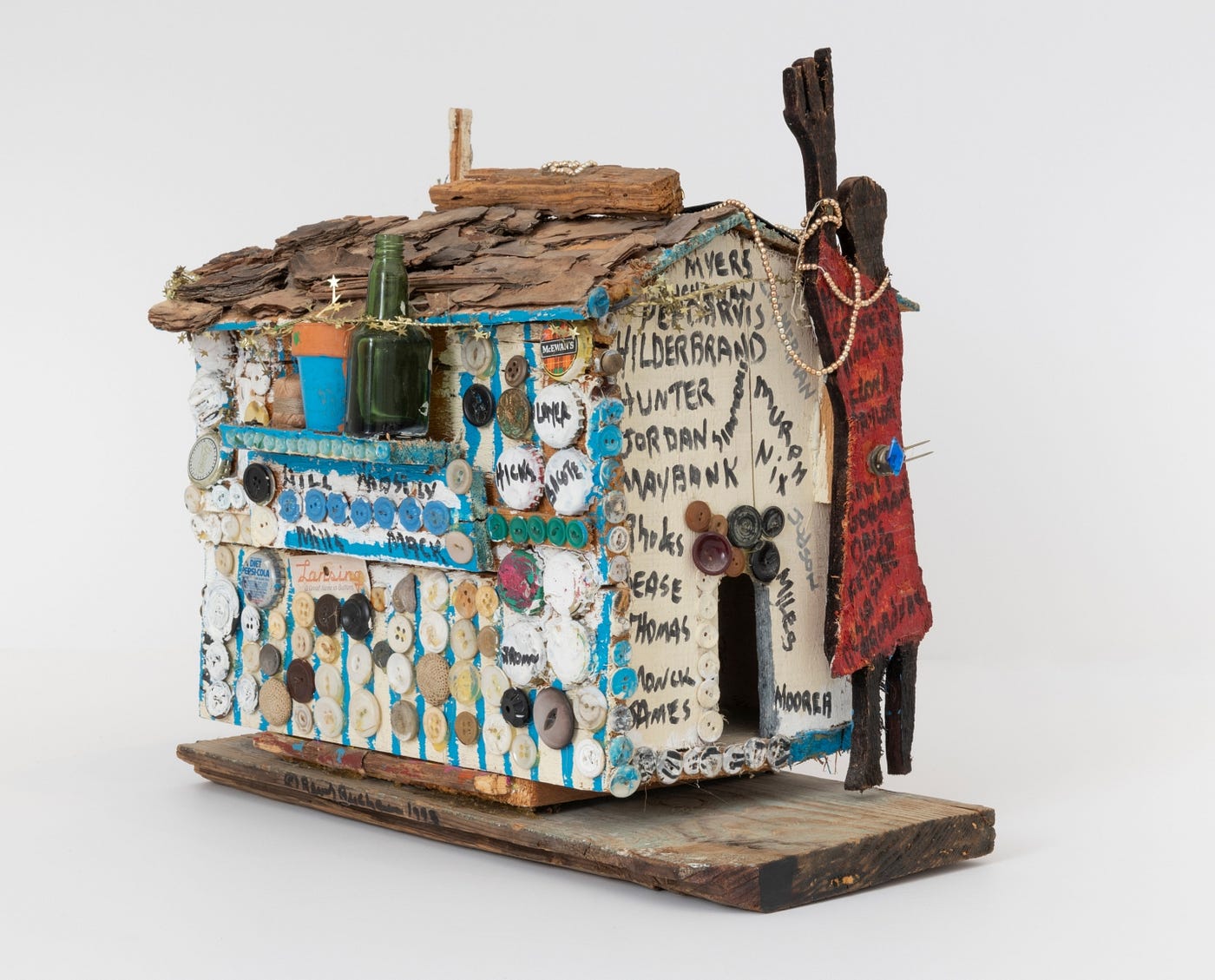
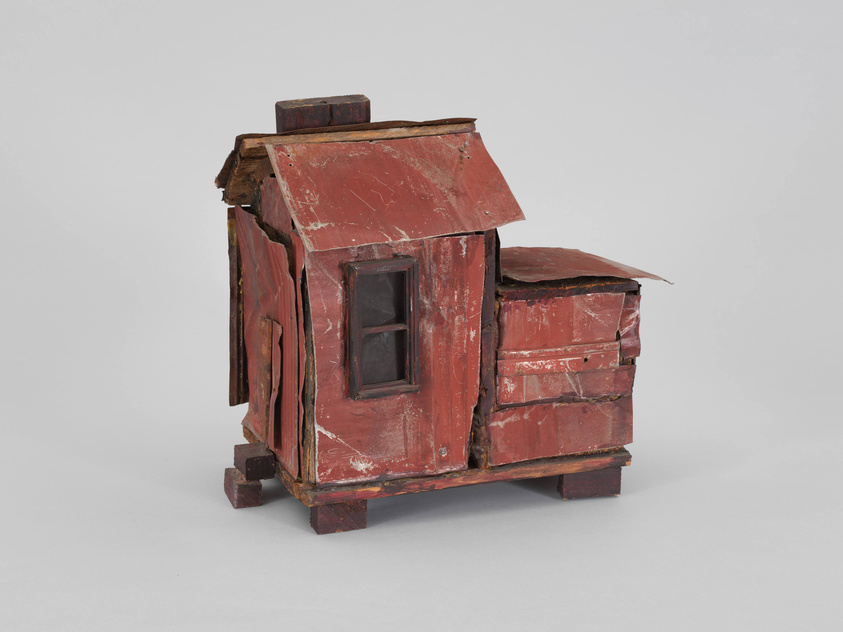
In 1971, Buchanan enrolled in a class taught by Norman Lewis at the Art Students League in New York City where Lewis and Romare Bearden became friends and mentors. Her art takes the form of stone pedestals, bric-a-brac assemblages, funny poems, self-portraits, and sculptural shacks and possesses themes of identity, place, and collective memory. In 1981, Buchanan created Marsh Ruins, a temporal land art sculpture at “The Marshes of Glenn” near Saint Simons Island in coastal Georgia. She planted three concrete forms and covered them with layers of tabby, a mixture used in slave living quarters. This work bears witness to the unmarked histories of enslaved peoples. On July 4, 2015, Buchanan died in Ann Arbor, Michigan at seventy-four.
(Text paraphrased from Wikipedia and other sources. All Images are the property of the copyright owners. This clip is for educational purposes.)

